Table of contents
Who is the orixá Oxalufã?
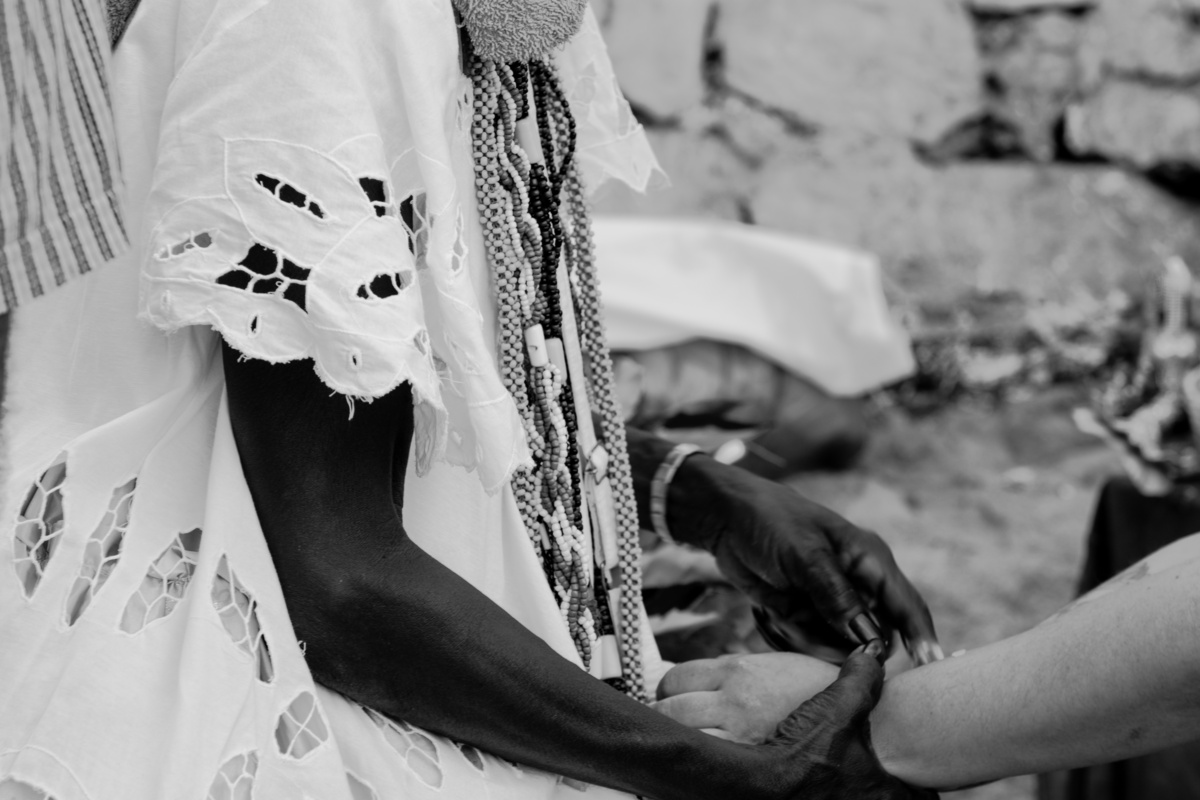
The orixá Oxalufã is one of the most respected in all of Brazil in religions of African matrix. The respect that the faithful and all orixás have for him comes from the fact that he is the oldest among the deities.
The orixá known as the father of all orixás. In the game of merindilogun, a divination game composed of sixteen cowrie shells and commanded by three orixás to advise, Oxalufã is manifested with ten open shells and six closed.
In addition, according to the Yoruba myth, a North African ethnic group, Oxalufã is presented as the orixá for the creation of life, human beings and the universe as a whole. Thus, he is considered the original orixá.
Knowing more about Oxalufã
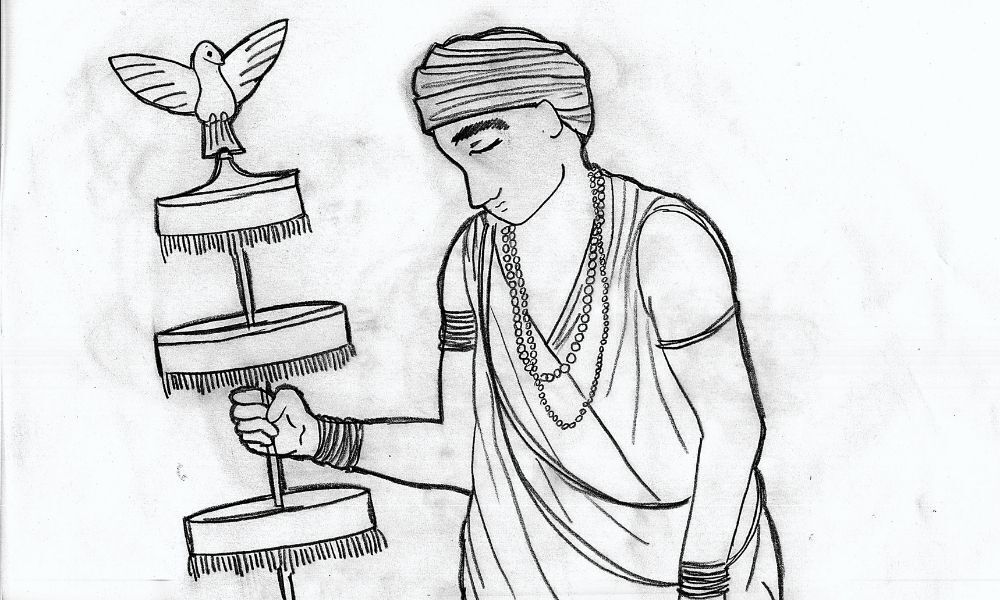
Like all orixás, Oxalufã has an origin in which it is possible to know his history. In addition, he also has his well-defined characteristics. To learn more about all this and Oxalufã's relationship with other orixás, keep reading.
Origin and history
The similarity of the name Oxalufã with that of another very famous orixá, Oxalá, is no coincidence. For, the two entities are the same deity, but at different times in life.
According to the legend, Oxalufã had a magic bag that could allow him to create human beings. However, too undisciplined, he lost the bag. Nevertheless, Oxalufã was given another chance.
Without the magic bag, he decided to create human beings from clay. But, to do so, he could not drink anything with alcohol, another rule he also broke and for which he was severely punished. Thus, the father of all began the world.
Visual characteristics
Oxalufã is the older, more mature and more experienced version of Oxalá. Therefore, he presents himself as a very old and feeble man, already weakened by advanced age. In addition, Oxalufã is crippled and walks with great difficulty, leaning and with a curved wingspan. But despite his old age and lack of brute strength, age has brought him other qualities.
In his clothing, Oxalufã always appears with perfectly white cloths that form a tunic that covers even his feet. On his head, a white turban covers his head and a white beard stretches across his chin.
Actions and representativeness
Oxalufã carries in his actions and in what he represents, all the wisdom he acquired with all the years of teachings. In his Oxalá times, impulsiveness, rebellion and agitation reigned. However, in his aged form, he represents the orixá of peace and tranquility, dealing with everything in the most tender way possible and with a patience that only those who have lived a lot can have in themselves.
Thus, Oxalufã takes with him all the calmness of the world and can be described as the calm after the storm, alluding to his pre, as Oxalá, and his post as Oxalufã, the father of all.
Oxalufã and the Funfum Orixás
The Funfum orixás were the first orixás created. Created by Olorum, the supreme god of candomblé, the Funfum orixás represent the first six orixás. Along with Oxalufã are: Oxapopô, Obalufom, Obatalá, Oxaguiã and Oduadua.
Thus, they form the Orixás of White, that is, all the elements linked to these orixás are white in color. Therefore, some elements related to the orixás funfum are bones, silver, semen, cotton and efum, which is a candomblé ceremony in which the individual's body is painted with white dots.
Relationship between Oxalufã and other orixás
Oxalufã is the oldest orixá among all the others, therefore he was entrusted with the responsibility of creating the world and men. Thus, he is highly respected by all the orixás of candomblé. In addition, the relationship between Oxalufã and the other orixás is that of a father with his children.
Because of his age, Oxalufã accumulates a lot of wisdom, profound knowledge about life and presents himself as a guide for all. For this reason, the other orixás of the African matrix religions offer him their utmost respect, as do all believers.
Beliefs and Oxalufã
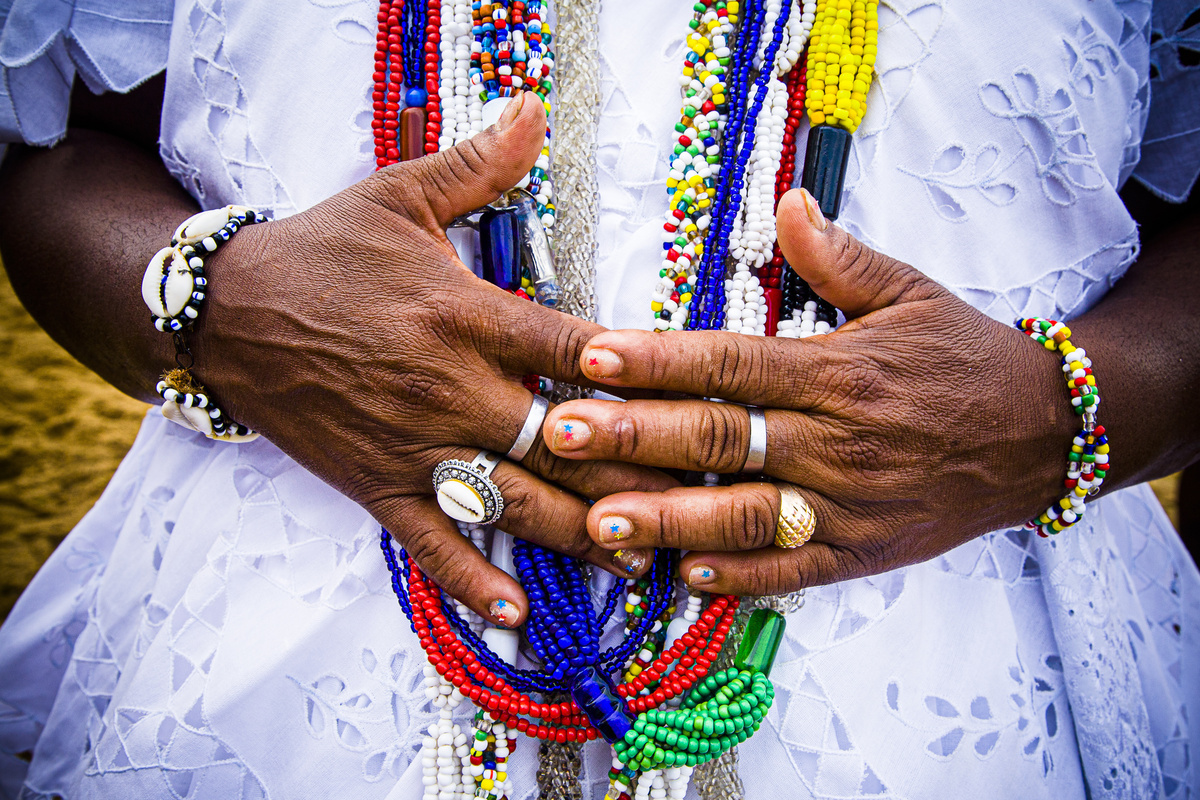
Afro-Brazilian religions are the result of religious syncretism, i.e. the junction of Christianity, religions of African origin and even indigenous beliefs. So, keep reading to learn about Oxalufã in different religions.
Oxalufã in candomblé
Candomblé is just one of the many Afro-Brazilian religions that originated in the process of religious syncretism that occurred in Brazil. In the case of this religion, Oxalufã is considered the orixá of peace. Thus, he is related to calmness, wisdom, peace and the heavens.
Because he is the creator of men, in candomblé he is also related to nature and divine creation. Finally, in candomblecist cults, Oxalufã is one of the most important orixás, besides being very respected by all. They seek him for wisdom and also in matters of procreation.
Oxalufã in Umbanda
Umbanda is a religion that originated in Brazil when the Portuguese brought black people from Africa to the New World. In this process, African, European and indigenous religions mixed and formed new products, in this case Umbanda.
Thus, Umbanda has become not only one of the most popular religions in Brazil, but also the one that confers greater religious syncretism, i.e., the one that has incorporated more elements from different origins.
In this sense, Oxalufã, in Umbanda, represents peace. He is the orixá responsible for calmness, for pondering and for knowledge. Due to his advanced age and all that he has lived, all dedicate to him the utmost respect.
Oxalufan in the Catholic Church
The mixture that formed the Afro-Brazilian religions allows a connection between saints of the Catholic Church and orixás and entities of candomblé and umbanda, since they inspired and incorporated each other. In the religions of African matrix, Oxalufã is responsible for the creation of the world, for the creation of men and is the most respected orixá among all the others.
Thus, in the Catholic Church he is equivalent to Jesus Christ. For, both are children of the being that gave origin to everything and are representations, or manifestations, of the original beings besides belonging to heaven and symbolizing peace.
Oxalufan in different cultures
Oxalufã is present in many other cultures around the world. He is certainly present in African culture, since he descends from the Yoruba, an ethnic group that lives in East Africa.
Besides the strong African descent, Oxalufã also has some influences of Arab culture. The greatest deity of Islam is Allah, so the name Oxalufã was inspired by the prayer "In sha Allah", which means "whatever God wants".
Still in Yoruba, Oxalufã not only has this name, but also by two other calls. They are: Obatalá and Oxaguiã.
How are the sons and daughters of Oxalufã

The orixás have their children, which in candomblé and umbanda means that these people will present characteristics similar to the entity whose son he is. Continue reading the article and learn more about some characteristics of the children of Oxalufã.
They look older
Oxalufã's personality is the same as Oxalá's, but aged. Therefore, the two are similar, but Oxalufã is a more mature, responsible and thoughtful figure than his younger counterpart. Thus, the children of Oxalufã are people who seem older than they really are because they demonstrate a lot of maturity and a remarkable spiritual evolution.
Besides that, they are very calm and always look for peace when they are in the midst of conflicts. Therefore, other people tend to see the children of Oxalufã as people who are good at giving advice, because they seem to have lived many years and therefore know a lot about life.
Sweet and calm
Oxalufã presents himself as the first orixá, the father of all, but he is also known as the orixá of peace. Thus, his aged personality is calm, sweet, caring and tranquil. In this sense, the children of Oxalufã are also seen in this same way.
People know them for being docile people, they are also very calm, fair and always cherish peace before anything else. Therefore, these people usually make good fathers and mothers, since they are patient, determined and peaceful in their manners and in the way they treat others around them.
Observers
Oxalá, the younger version of Oxalufã, was very rebellious, inconsequential, stubborn and energetic. However, with age, becoming Oxalufã, he matured and changed his personality almost completely.
Therefore, with maturity Oxalufã has become someone observant, who waits before acting and who makes this a mechanism to make his decisions more assertive and fair for all.
In this sense, the children of Oxalufã are also this way, so they are not adept to big discussions or outbursts of anger or pain, because they wait unhurriedly the unfolding of the facts to act very cautiously.
Good people
The children of Oxalufã carry all the suitability of this entity. Being the most respected orixá among all the others, Oxalufã is responsible for cherishing justice and also for welcoming those in need. Thus, the children of Oxalufã are known for being good people exactly because of their behavior that originates from their father.
In this sense, they are understanding, just and dignified people. Moreover, for them, corruption and lies are the worst in the world and in humanity, so that morals and good customs come first in the criteria of the children of Oxalufã.
They can't disguise their emotions
Although Oxalufã represents an old and very pondered entity, his younger version, Oxalá, has the strongest temperament, due to rebelliousness and stubbornness. Thus, some pieces of the personality of the younger version of Oxalufã, or Oxalá, are also present in the children of the orixá of peace. For example, the strong emotions that control them.
In this sense, even if emotions are not bad, so they are more related to their sense of morality and justice, it is almost impossible for the children of Oxalufã to mask or hide them.
To relate to Oxalufã
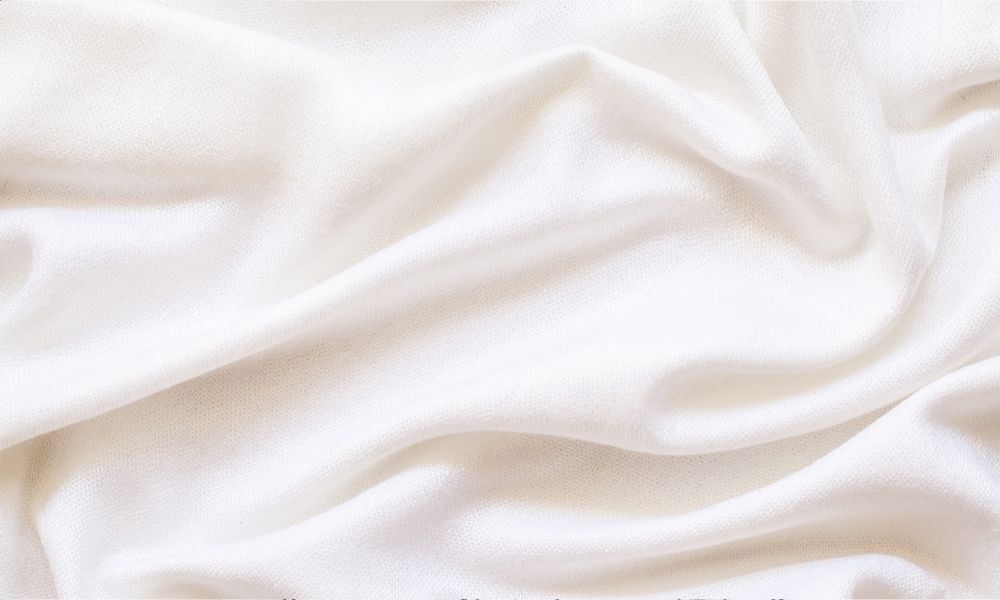
In religions in general, there are specific ways to relate to specific saints or entities. Thus, with Oxalufã there are also things like a day, a color and even symbols. Check them out below.
Oxalufã Day
Each orixá has a special day in which the faithful can dedicate prayers, quizilas and parties to each of them. Of course the worship of orixás can be done on any day, but the special days confer a particular celebration to them.
Thus, the special day for the celebration of Oxalufã happens every Friday. Therefore, the last working day of the week, when rest begins for many people, the celebrations of Oxalufã begin.
The choice of day is explained by religious syncretism with Catholicism, since Good Friday is the day chosen to commemorate the crucifixion of Jesus, to whom Oxalufã corresponds in the Catholic Church.
Color and element of Oxalufã
Each orixá and entity of candomblé and umbanda have a specific color or colors. In addition, there are also elements linked to the nature of the orixás. In this sense, one should think first of the nature of these orixás.
In the case of Oxalufã, he is known as the orixá of peace, besides being related to the kingdom of heaven. Therefore, his color is white and the element associated with him is air. In addition, an important aspect: the children of Oxalufã can never use strong colors, much less red.
Oxalufan Symbols
The symbols of the orixás are, in most cases, objects that they carry and that translate a little of their essence and their way of being.
Thus, the symbol of Oxalufã is called Opaxorô, which is a large white staff with three round circles, one of each size, which are surrounded by fringes. In addition, a white bird adorns the top of the staff.
This instrument carried by Oxalufã represents the wisdom that governs the world and the power of the ancestors. Its name, Opaxorô, comes from the Yoruba language meaning "staff that speaks.
Herbs and leaves of Oxalufã
The herbs and leaves linked to orixás serve to establish a greater connection with them and build a source with their power. Thus there are many different herbs for each orixá and each purpose. Therefore, in the case of Oxalufã, there are some different classifications of herbs: the cold, warm and hot herbs, which refer to the way of preparing each one to ensure itseffect.
So, starting with the cold herbs, they are: cloves, bay leaves and jasmine flowers. The warm herbs are: mint, basil, sunflower seeds and boldo. Lastly, the warm herbs are: tobacco and garlic peels.
Salutation to Oxalufã
Salutations are a characteristic form particular to candomblé and umbanda that function as specific calls to entities and orixás, which are linked to their natural characteristics.
Thus, each one of them has a special greeting, or some greetings. In this way, there is no right or wrong way to make a greeting to the orixás and the entities. In this sense, Oxalufã's greeting is "Oxalá yê". This phrase comes from Yoruba and means "My father". Therefore, his children and everyone in the terreiro greet him with this chant.
Prayer to Oxalufã
The prayers to the orixás should contain elements that match their personality, because each one of them will answer a specific type of request and listen to a different type of prayer.
Therefore, prayers should be prayed in such a way that these principles are respected, so the orixá will understand what the person is trying to say. Thus, the Oxalufã prayer speaks about strength, patience and wisdom.
Prayers to Oxalufã should be related to requests for calm, maturity, justice and knowledge. Thus, they can be made at times of indecision, injustice or very uncontrolled emotions.
Offering to Oxalufã
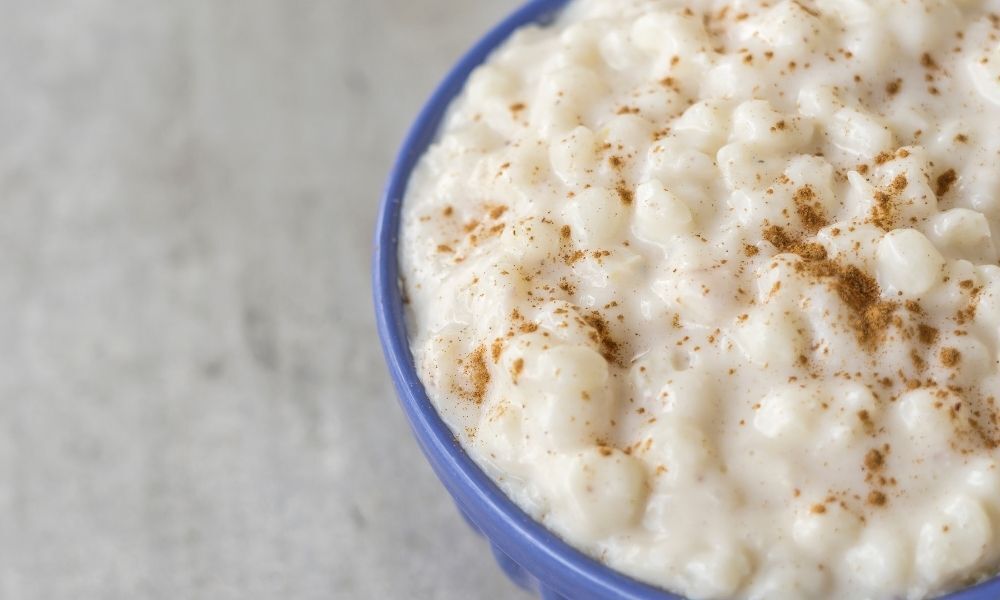
The offerings are one of the most symbolic and important parts of candomblé and involve the preparation of foods preferred by the orixás to please them. Therefore, see below how to make offerings to Oxalufã and why.
When to do it?
The right time to honor and please the orixás and entities with your offerings should be made on the specific days of each of them. In addition, one should make sure to make the right offering to the correct orixá.
Therefore, the right day to offer offerings to Oxalufã is on Fridays or Sundays. As for the requests made to the orixá of peace, they should be related to his nature and to what he can offer.
Thus, one should contact this orixá when the believer is in search of emotional balance, help in important decisions and maturation.
Ingredients
Each orixá has their preferences for food, just like human beings. In fact, this is only one of their similarities with mortal beings, since they share many worldly characteristics with their faithful.
Thus, in the case of Oxalufã, there are two special foods that should be made into his offerings. The first of these is Ibim, also known as Oxalá's ox, which is a small snail. In addition, another food very much appreciated by Oxalufã is Ebô, which is a kind of paste or porridge made of white manioc.
Directions
The preparation is one of the most important steps when you want to offer an offering to an entity, because depending on the way it is made, the effect may not be as expected and the entity may get angry.
Thus, the way of preparing the Ibim, Oxalá's ox, and the Ebô, despite being simple, must be done with much attention and responsibility. In the case of the Ibim, the snail, it must be served raw.
However, the Ebô requires a little more preparation. First, you should cook the canjica, taking care not to stick to the bottom of the pan, then season it with honey and a little sugar.
Oxalufã is the Orixá Babá, deity of fertility!
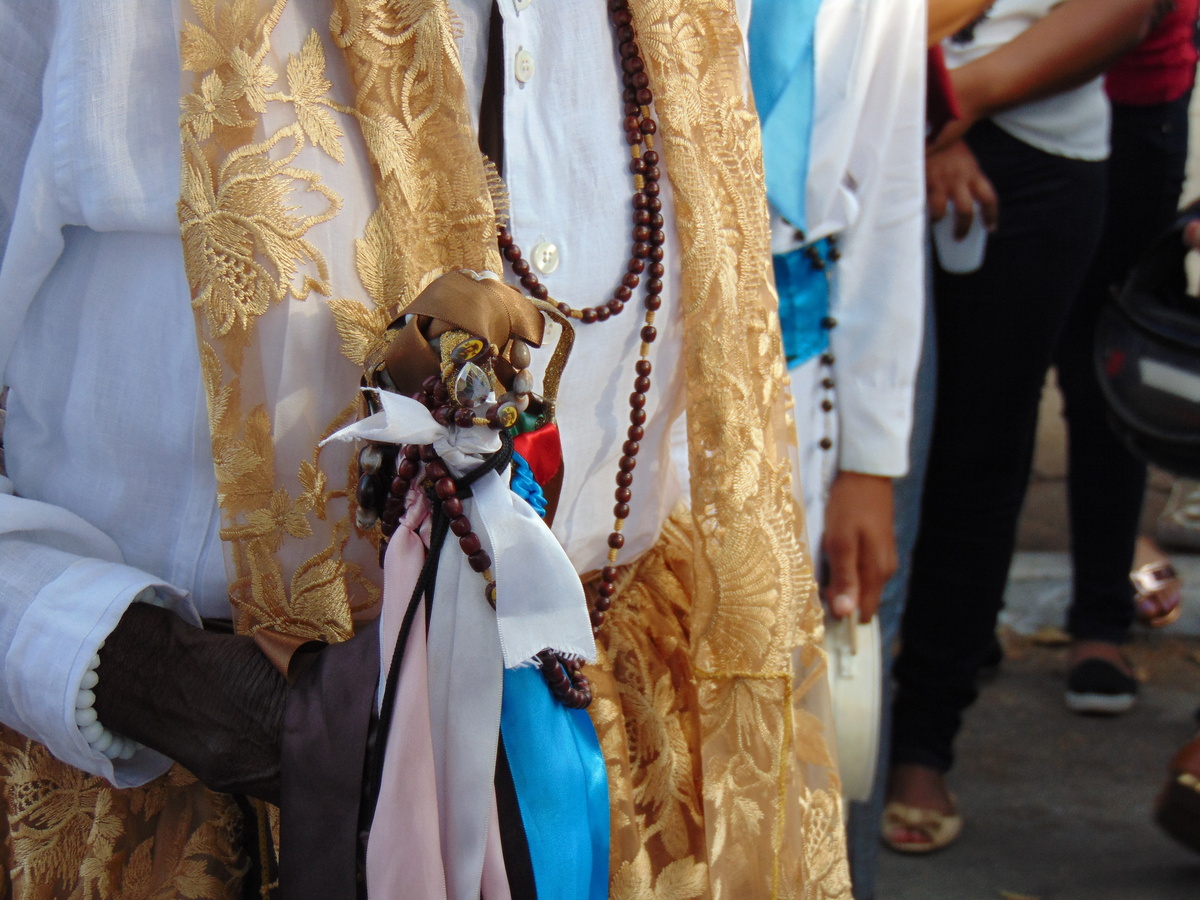
Oxalufã is the aged version of the famous orixá Oxalá. Therefore, he is the oldest of the orixás and the most respected as well. This is because he created all human beings and the universe. Therefore, people know him as the Orixá Babá, the deity of fertility.
After all, he relates to the creation and germination of human beings in this world and has also assumed a great paternal role, being known as the Father of All. Moreover, one of the white-colored elements that are related to Oxalufã is semen, that is, an essential half for fertilization, for the generation of life.

